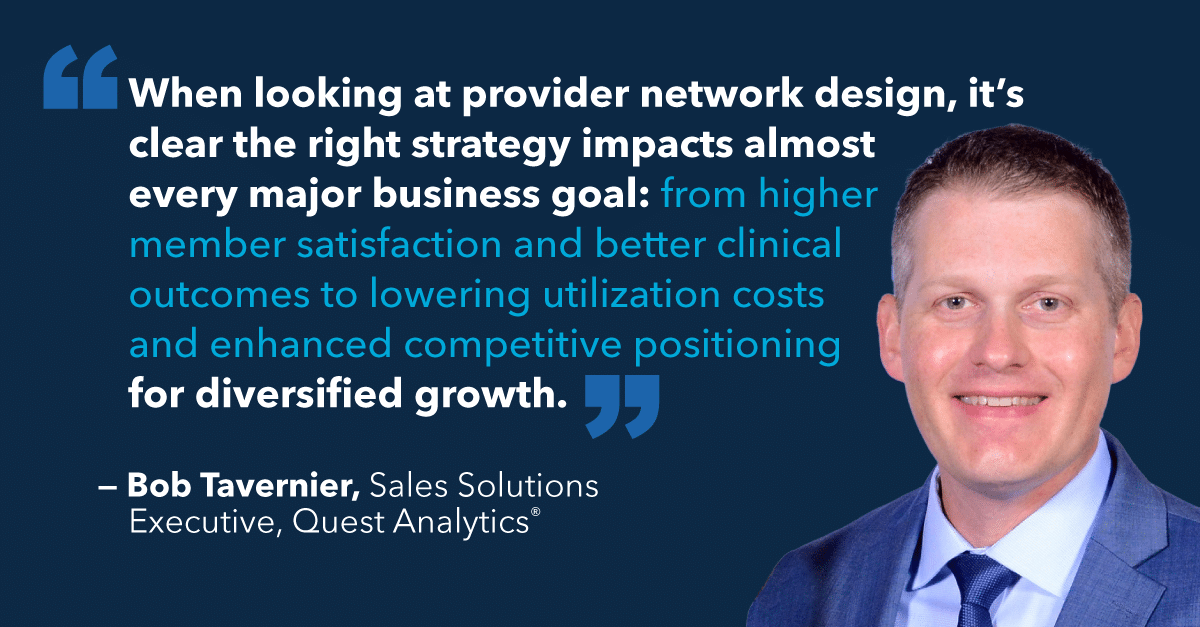Copyright 2020 Compliance Today, a publication of the Health Care Compliance Association (HCCA).
Transparency is one of the top buzzwords in healthcare today. In the last few years, we have seen the rollout of significant healthcare transparency initiatives focused on portable health records, hospital costs, drug costs, quality data, and many other things (e.g., Executive Order on Improving Price and Quality Transparency in American Healthcare to Put Patients First).[1] And yet, with a good deal less fanfare, healthcare policymakers have also put in place the changes necessary to usher in a new era in health plan provider networks—the era of provider network transparency. In the following paragraphs, we discuss the coming of provider network transparency, what it means for health plans, and the steps their compliance teams need to make to prepare.
PROVIDER DIRECTORY DIFFICULTIES
Health plans maintain provider directories to give members and prospective members a listing of available in-network providers. Directories vary somewhat in format and data elements. Still, all directories include common core data elements: provider name and address, specialty, contact information, and whether the provider is accepting new patients. While rules vary, state Medicaid agencies, Medicare Advantage, and most state insurance departments require health plans to post provider directories on their websites, update them regularly, and make a paper version available on request.
Directories have taken on added importance in recent years. Provider shortages have constricted access to some professions in some geographic areas.[2] Also, several health plans have embraced narrow network strategies to drive members to lower-cost or higher-quality providers. Cari Lee, vice president of government affairs for Quest Analytics and former state insurance administrator, notes, “We are seeing a patchwork of new regulatory proposals at all levels of government to address provider directory transparency. For example, the private payers under all three federal surprise billing drafts would need to create and document a formal provider verification process, which includes removing providers who have not updated their information in the last six months. At the same time, many states are enacting laws with varying directory provisions.”








